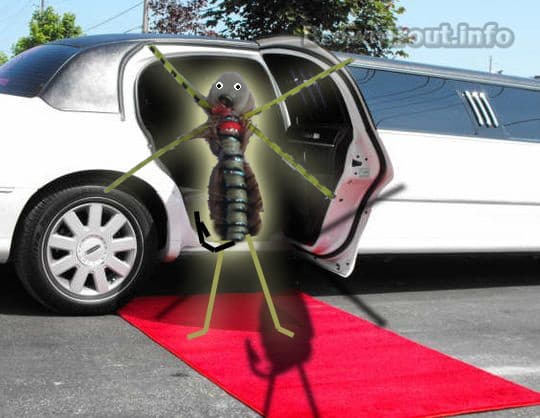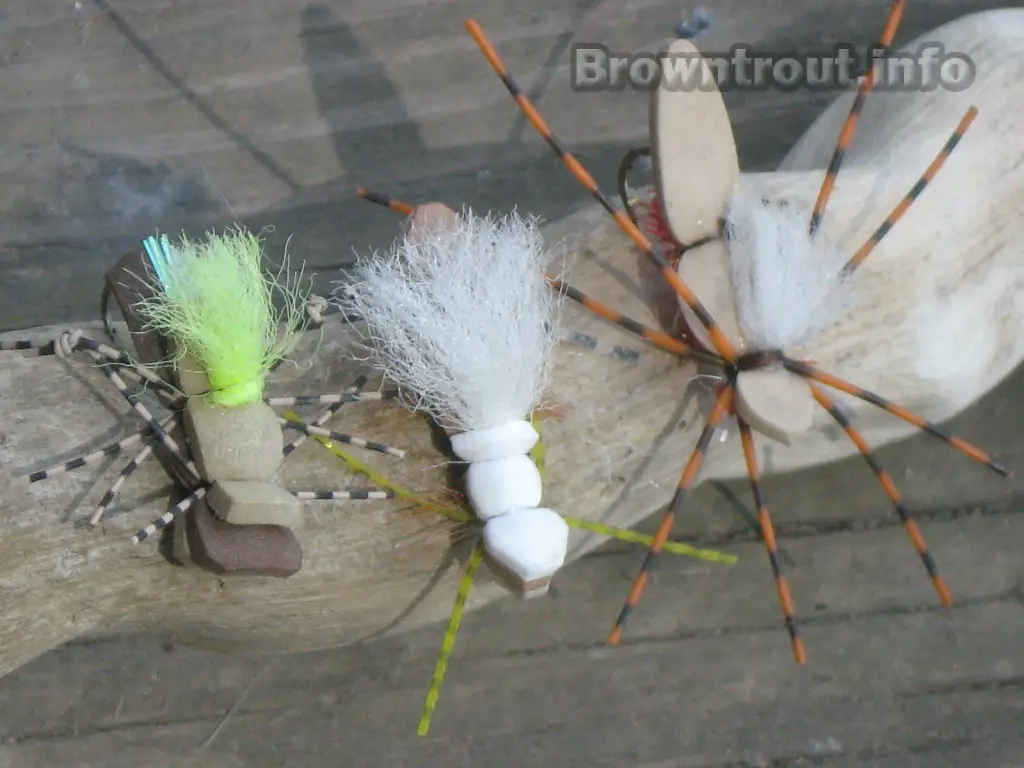This post was last updated on December 3rd, 2022 at 07:42 pm
The Chernobyl Ant, the History and Background of Foam Trout Flies
The chernobyl ant is a foam interpretation of not only a stonefly, but grasshoppers, crickets and other creatures. What kind of mastermind trout fisherman came up with this crude invention? It seems to represent every kind of large insect that frequents the western US. It works well from early may on some rivers like the Henry’s fork, well into October on many others.
There are tons of variations of this fly, some more closely resemble members of the extra terrestrial race than insects, but all seem to demolish trout to the fullest extent of possibility. Since the inception of this fly, Walmart has most certainly had an increase in the purchase of foam from the craft department. Not to mention the likely increase in tourism many western states have experienced from huge catches in trout. After all.. the chernobyl ant most certainly increased the use of the hopper dropper rig. This revolutionized the trout fishing industry because of it’s ability to fish both levels simultaneously. My life most certainly has been changed by this fly pattern along with many others, but where did this start?
In the Sixties NASA came up with the closed cell foam for use in space ships. Shortly after it was marketed as craft foam and began being used for all sorts of purposes including flies. To my knowledge, the first fly tied with this closed cell craft foam was the spider used for bluegill and panfish.  Sometime in the 1970’s an angler began tying a chernobyl ant type fly to represent the cicada. It was tied using foam and hackle of some sort. It was later leaked to other fishing guides where the rubber legs were later added. What was then known as the “black mamba”  by Larry Tullis a green river Utah guide, slowly morphed into the chernobyl ant fly we know today.
How Did the Ant Get its Name?
In 1986 the Chernobyl disaster was a nuclear power plant that is considered to be the worst nuclear disaster in history. The effects of  nuclear radiation can mutate lifeforms and cause abnormal cell growth. This tragic nuclear event took place right in the early days of the chernobyl ant’s use, so some clever fly fisherman came up with the name for this giant mutated ant.
nuclear radiation can mutate lifeforms and cause abnormal cell growth. This tragic nuclear event took place right in the early days of the chernobyl ant’s use, so some clever fly fisherman came up with the name for this giant mutated ant.
The Chernobyl Ant Hits Mainstream
Later in the life of the foam ant it was used in the flyfishing event, the Jackson Hole One Fly tournament. This is a yearly fishing contest to raise money for charity. Once the chernobyl ant was used to win this contest in 1995 it was all over from there. The ant became a standard fly in everyone’s fly box. It has been used heavily on the snake river for brown trout, cutthroat trout and even rainbows since.
The way in which each type of trout eat these large flies tends to differ with each species. I have noticed the brown trout tend to eat the chernobyl ant very quickly and aggressively in one fast noisy strike. The cutthroat trout will often eat them very slowly, with usually an extreme amount of caution; while the rainbows are somewhere in between the brown and cutthroat.
Types of the Chernobyl Ant
These are very easy to tie and will still work even if they don’t look perfect. Since they represent many different types of insects you almost cant go wrong with any color configuration. Nearly any color will work once in a while. It’s the strangest thing that a pink ant will work well one day, a green ant the next; you never really know what the trout are going to eat.
Tying the Chernobyl Ant
Materials include:
- Foam from the craft department
- Rubber legs available at any sporting goods store of fly shop
- Dubbing
- Hackle
These foam ants can be tied quickly and easily by using a foam stamp tool or a razor blade to make clean cuts of the foam.
- Attach  your hackle to the rear most part of the hook. Cover the shank of the hook with your desired dubbing material and colors.
- Wrap your hackle palmered style from back to front of the hook and tie off the fly.
- Put your pre-cut foam body over the hook and tie it securely in two spots (near the back and front)
- Attach the rubber legs with a few loose wraps in the same spot where you tied the foam to the hook. Tip: Don’t tighten the legs too much or you wont get the flared effect of the legs. Just a few light tension wraps will give you the look of the standard chernobyl ant legs.



